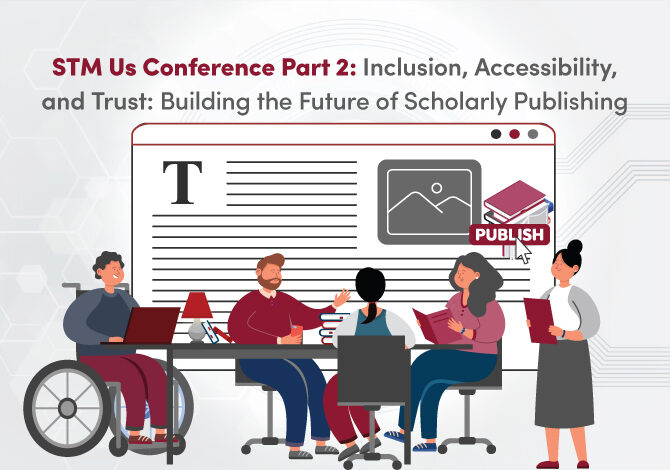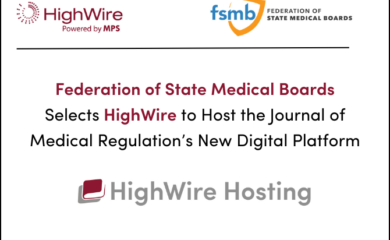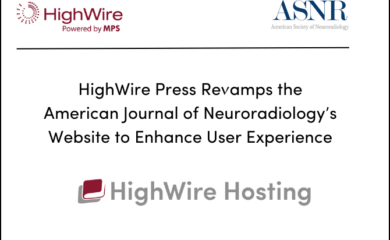From Insight to Action: Trust as Infrastructure in Scholarly Publishing
Reflections on the STM US Annual Meeting 2025
Tony Alves, SVP, Product Management
Meg Waites, Senior Account Director
Attending the STM US Annual Meeting this year renewed our appreciation for the complexity—and urgency—of building trust in scholarly publishing. The theme, “From Insight in Trust to Implementation of Trust,” was more than a tagline. It resonated throughout every panel, presentation, and conversation, underscoring that trust must be actively integrated into our systems, standards, and strategies.
Accessibility: Compliance Meets Opportunity
The Accessible Publishing session highlighted upcoming regulatory obligations under the European Accessibility Act (EAA) and ADA updates. Notably, the discussion shifted from mere compliance to seeing accessibility as both a commercial and moral opportunity.
AI advancements, including automated alt text generation, audio conversions, and translations, showcased significant potential. The American Mathematical Society’s enhancements to LaTeX accessibility were particularly noteworthy. Despite debates on author roles in alt text creation, the consensus was clear: accessibility strengthens trust across global research communities.
Importantly, session participants emphasized a balanced approach to compliance, combining AI with human oversight. Key discussions also addressed the associated costs, the role of metadata standards in automation, and recognizing the indirect “diversity tax” on underrepresented individuals who contribute substantially alongside their regular duties.
Identity and Provenance: Trust at the Source
Later sessions explored trust markers and provenance, questioning who enters the scholarly record and the authenticity of their contributions. The Research Identity Trust Framework presented verification tiers, from basic ORCID markers to comprehensive institutional verification, aiming not to gatekeep but to deter fraud and foster accountability. Inclusivity, proportionality, privacy, feasibility, and accountability emerged as critical considerations to avoid disadvantaging early-career researchers lacking trust markers.
In the session on Image and Data Provenance, the urgency surrounding generative AI’s capability to produce convincing fakes was clear. Proposed solutions, such as hashing images at creation, appeared promising but resource-intensive, prompting concerns about feasibility for smaller publishers and legacy equipment.
Wrapping Up: People, AI, and the Path Forward
The concluding session, Building Success with AI and People, encapsulated the meeting’s core message of balance. AI is enhancing workflows, aiding in journal matching, submission triage, and peer review summary generation, but participants stressed prudence—not every task warrants AI, nor does every innovative tool merit adoption.
Instead, the session underscored using AI to complement human expertise, freeing staff for strategic tasks rather than replacing them. Calls for transparency from LLMs, explicit attribution, and vigilance were prominent, reflecting a pragmatic approach to technological integration.
Final Reflection: Trust is the Infrastructure
The overarching insight from this year’s STM Annual Meeting is clear: trust is more than an ideal—it is essential infrastructure. Whether developing AI systems, enforcing identity protocols, designing accessible workflows, or combating misinformation, trust forms the foundational bedrock.
In a context marked by ideological challenges, economic volatility, and rapid technological advances, collaboration across silos is imperative. Building resilient, inclusive systems through collective action is the essential path from insight to actionable implementation—and ultimately, from fragility to trust.
By Meg Waites and Tony Alves
Read the previous part



